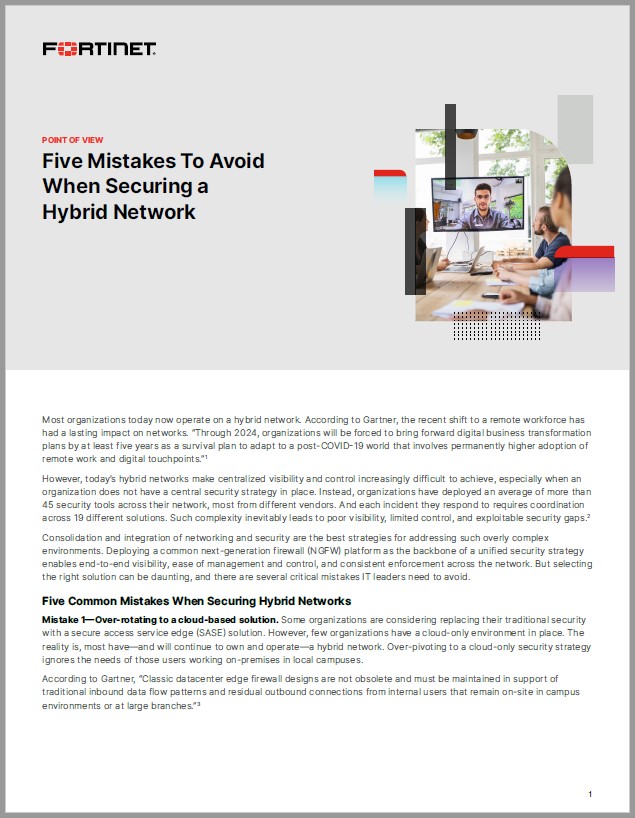Most organizations today now operate on a hybrid network. According to Gartner, the recent shift to a remote workforce has had a lasting impact on networks.
“Through 2024, organizations will be forced to bring forward digital business transformation plans by at least five years as a survival plan to adapt to a post-COVID-19 world that involves permanently higher adoption of remote work and digital touchpoints.”
However, today’s hybrid networks make centralized visibility and control increasingly difficult to achieve, especially when an organization does not have a central security strategy in place. Instead, organizations have deployed an average of more than 45 security tools across their network, most from different vendors. And each incident they respond to requires coordination across 19 different solutions. Such complexity inevitably leads to poor visibility, limited control, and exploitable security gaps.
[dlm_gf_form download_id=1000 ajax=”true”]

